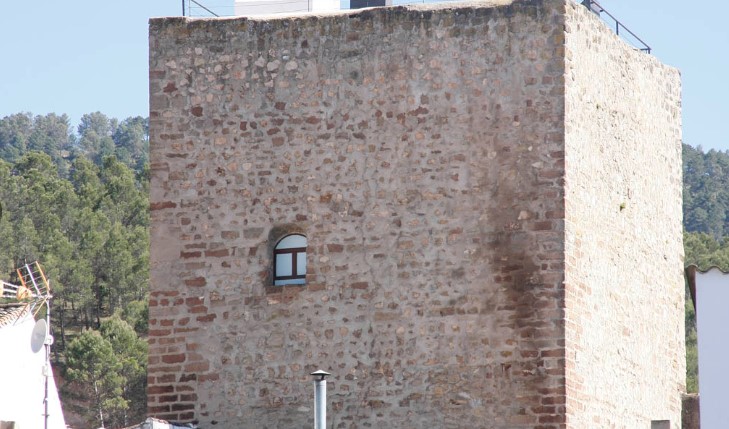Torre de la Tercia
Monument
, Génave
Génave is located on a hillside, near the wide valley where the foothills of Sierra Morena and Sierra de Segura converge, on the way to the Via de Levante, a natural pass that goes up the Guadalimar river connecting the Guadalquivir with the Levante peninsular.
The only remainder of the disappeared castle of Génave is the so-called Torreón de la Tercia, built by the Christians at the end of the 13th century. It has an impressive cubic structure and is located in the center of the town.
Historical facts
The data relative to the medieval Génave are scarce, but it must have been one of the numerous farmhouses that populated the Sierra de Segura. Probably between the XI and XIII centuries a fortification or tower was built, before the advance of the Christian armies.
After the Christian conquest, between 1235 and 1239, Génave and the entire Sierra de Segura were controlled by the Commandery of the Order of Santiago and had to endure raids and intimidation attacks by Saracen troops, so this and other towers acted as a parapet in these war skirmishes and as a refuge for the population.
The chronicles written at the end of the Middle Ages, such as those of Don Francisco de León in 1468 or the Relations of Felipe II of 1575, speak of the tower without any reference to a castle or enclosure of important dimensions, so it had to replace the ancient Islamic fortress.
Until 1551 Génave was a village of Segura de la Sierra, from that year it received the privilege of a Villa of order of Felipe II.
In 1575 Génave was included in the district of the Chancellery of Granada, it depended on the archbishopric of Toledo and the Kingdom of Murcia before the Cortes, although it was directly under the government of Segura de la Sierra.
Description
This tower, surrounded by buildings that cover its lower part, is built in irregular masonry.
It has a square plan, 10.50 m. sideways, and inside there are two superimposed rooms covered with pointed half-barrel vaults. To access each of them, as well as the roof, there is a staircase embedded in the thickness of the walls covered with the same type of vault.
Currently, access is through a building that houses the local Adult Center and that was previously the seat of the City Council.
The tower was declared an Asset of Cultural Interest in 1985.




